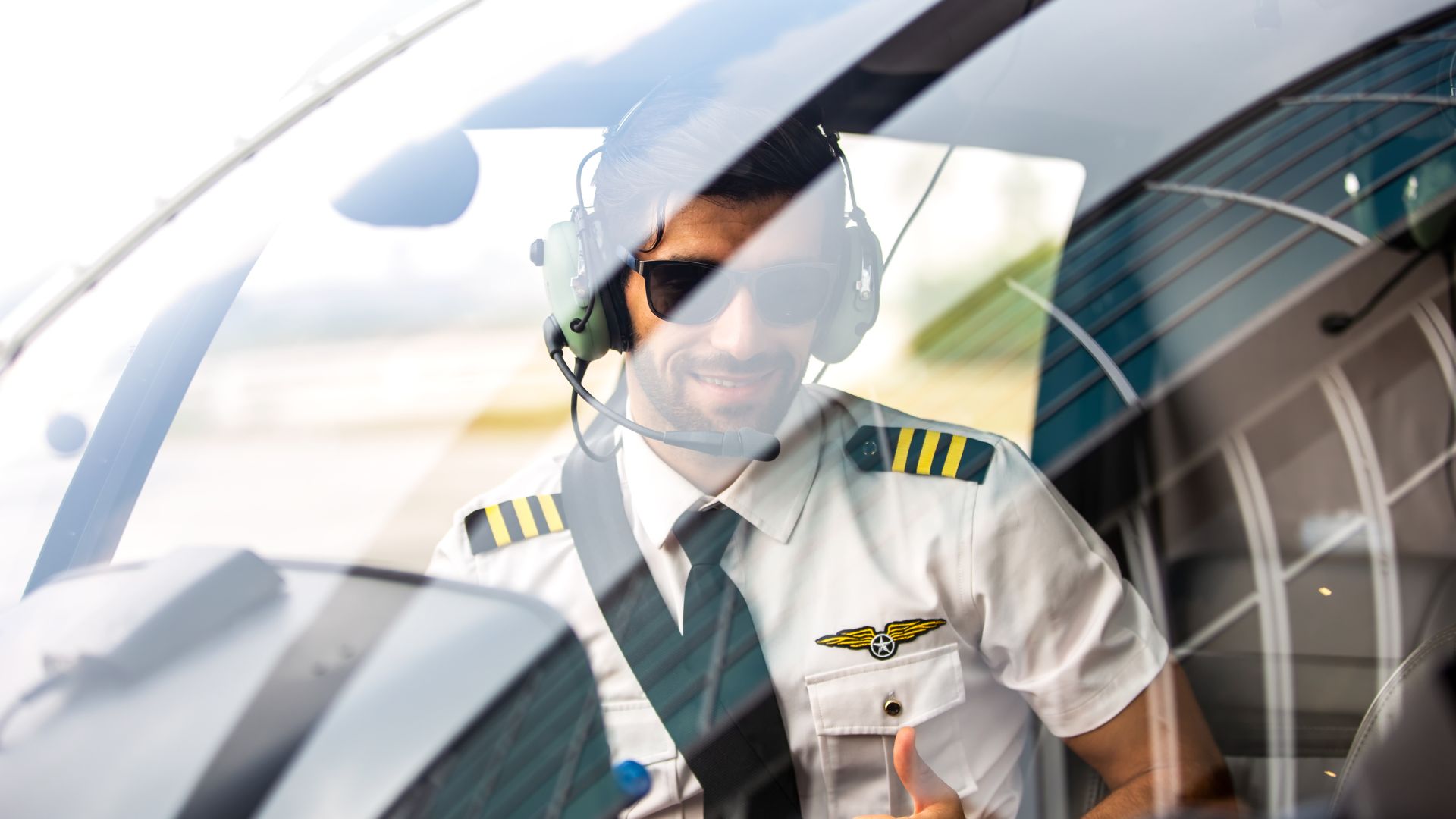Becoming a commercial pilot is a dream for many, but it’s essential to understand the financial investment involved. From obtaining your initial licenses to advanced certifications like a type rating, the costs can vary significantly depending on where you train and the certification authority you choose: EASA, FAA, or DGCA. This guide provides a detailed breakdown of the expenses required to pursue a career in aviation, ensuring you can plan effectively for this exciting journey.
Key Factors Influencing Pilot Training Costs
The total cost of becoming a commercial pilot depends on several factors, including:
- Training Location: Training in Europe under EASA, in the U.S. under FAA, or in India under DGCA comes with different cost structures.
- Type of Flight School: Integrated programs (accelerated training) versus modular courses (pay-as-you-go) have varying fees.
- Aircraft Type: Training on specific aircraft, such as the Airbus A320, Boeing B737, or ATR 500/600, may affect costs during advanced stages like type rating.
- Duration of Training: Full-time training programs may cost more upfront but can be completed faster than part-time options.
- Additional Certifications: Expenses for Multi-Crew Cooperation (MCC), Jet Orientation Course (JOC), and type ratings are critical considerations.
Breakdown of Pilot Training Costs
1. Private Pilot License (PPL)
The first step to becoming a commercial pilot is obtaining a PPL. This license allows you to fly small aircraft for non-commercial purposes.
- Cost Range: $10,000 – $15,000
- Includes: Ground school, flight hours, and exam fees.
- Regional Variations: FAA PPL programs in the U.S. are often more affordable than EASA or DGCA equivalents due to lower operating costs.
2. Commercial Pilot License (CPL)
A CPL enables you to fly for compensation or hire, making it the cornerstone of a professional aviation career.
- Cost Range: $25,000 – $50,000
- Includes: Advanced flight training, simulator sessions, and exams.
- Regional Variations: EASA programs emphasize comprehensive theory and simulator hours, while FAA programs focus more on practical flying experience.
3. Instrument Rating (IR)
An IR allows pilots to fly in various weather conditions by relying on instruments. It’s a mandatory requirement for most commercial aviation roles.
- Cost Range: $8,000 – $15,000
- Highlights: Training is often integrated with CPL programs under EASA and DGCA regulations. In FAA programs, it’s usually a separate module.
4. Multi-Engine Rating (MER)
This certification is essential for flying aircraft with more than one engine.
- Cost Range: $2,000 – $5,000
- Aircraft Type: Often conducted on light multi-engine planes, with additional expenses if transitioning to jets later.
5. Multi-Crew Cooperation (MCC) and Jet Orientation Course (JOC)
These courses prepare pilots for airline operations in multi-pilot cockpits and high-performance jet aircraft.
- Cost Range: $5,000 – $10,000
- Includes: Simulator training on aircraft like the Airbus A320 or Boeing B737.
6. Type Rating
Type ratings are specific to aircraft models, such as the Airbus A320, Boeing B737, or ATR 500/600. This is often the most expensive part of pilot training.
- Cost Range: $20,000 – $40,000
- Features: Hands-on training in Full Flight Simulators (FFS), focusing on systems, procedures, and emergency handling.
7. Licensing Authority Fees
- EASA: Certification fees and mandatory exams can increase overall costs.
- FAA: Generally lower fees but may require additional training for international conversion.
- DGCA: Includes exam costs, licensing fees, and conversion expenses for foreign-trained pilots.
Additional Costs to Consider
- Accommodation and Living Expenses: Depending on your training location, these can add $10,000 – $20,000.
- Medical Examinations: Required to maintain fitness for flight, costing $200 – $500 annually.
- Travel Costs: Traveling to training facilities, especially for advanced type rating programs, can range from $1,000 – $5,000.
- Flight Equipment: Includes uniforms, headsets, and other essential gear, costing $500 – $1,000.
Total Estimated Cost
The total cost of becoming a commercial pilot typically ranges between $70,000 and $150,000, depending on the training program, location, and certifications pursued. EASA training tends to be on the higher end due to its stringent requirements, while FAA and DGCA programs can be more cost-effective.
Why Invest in Professional Pilot Training?
Although the costs may seem daunting, becoming a commercial pilot offers a lucrative and fulfilling career. Airlines operating fleets like the Airbus A320, Boeing B737 or ATR 500 and ATR 600 are always in demand for skilled pilots. Moreover, certifications under EASA, FAA, or DGCA can open doors to opportunities worldwide, making the investment worthwhile.






